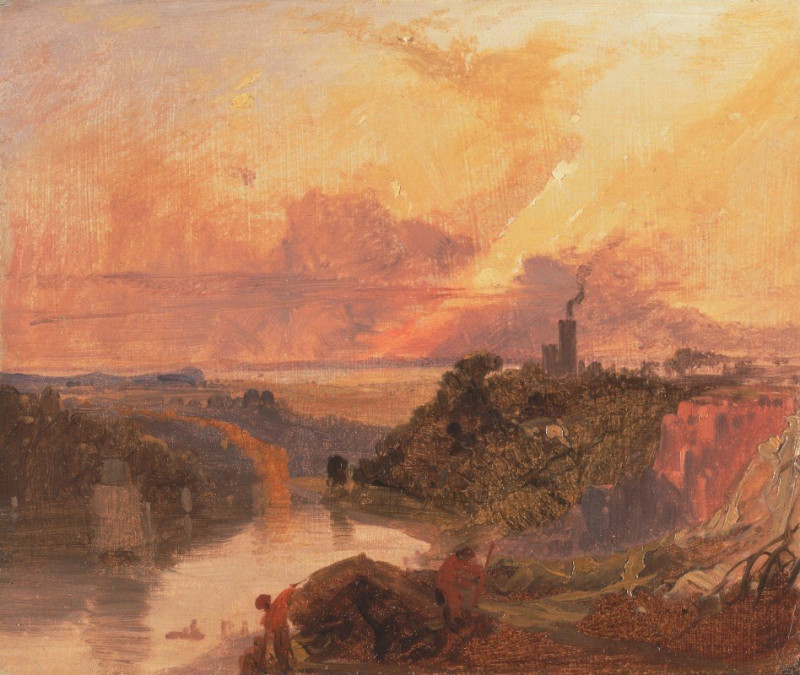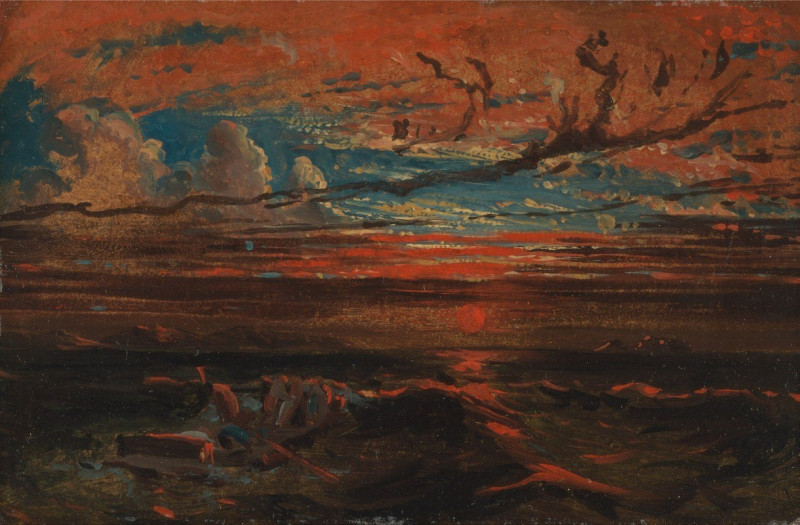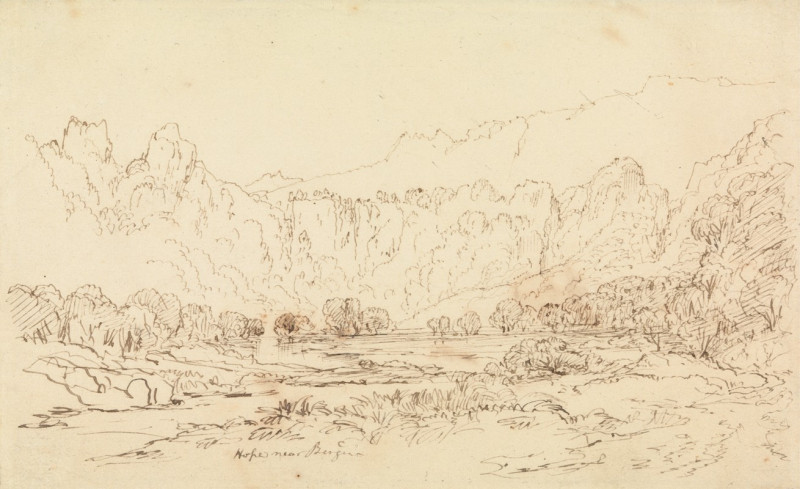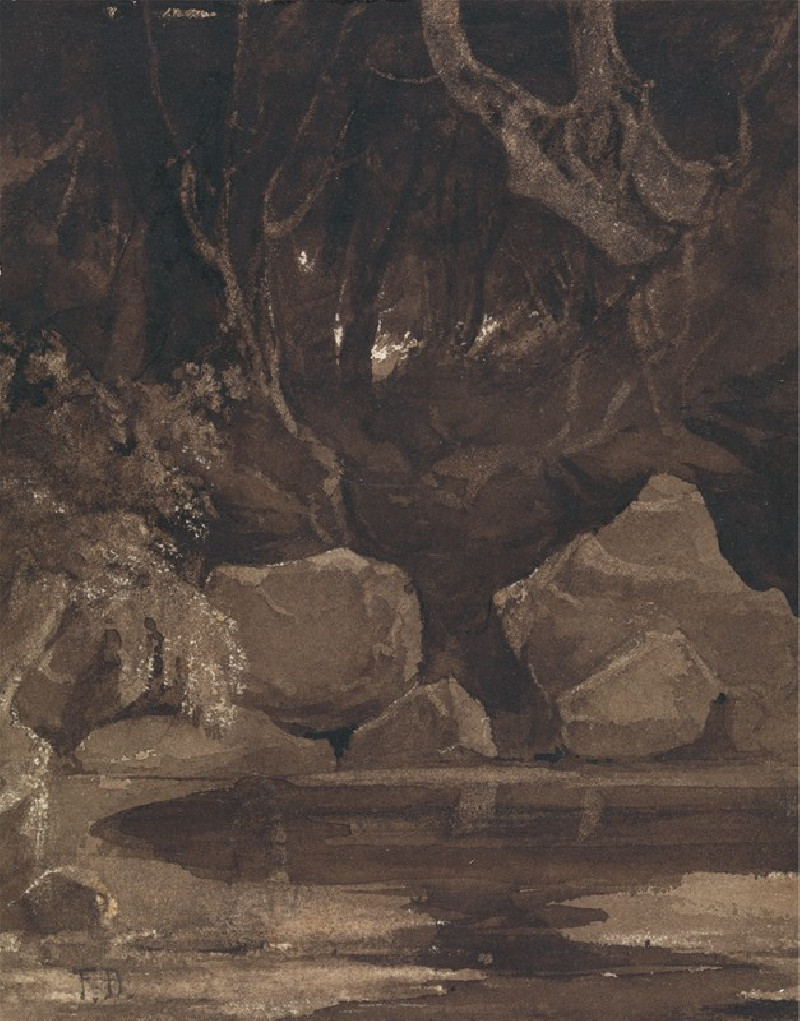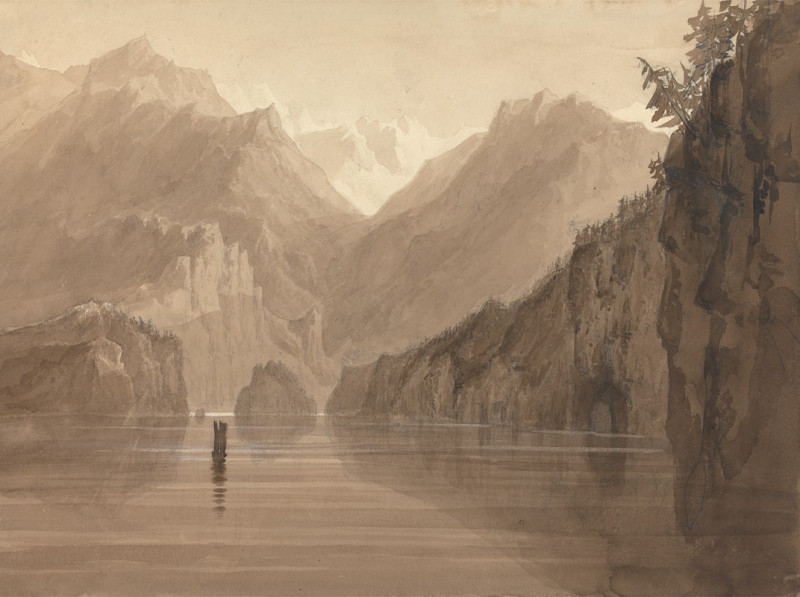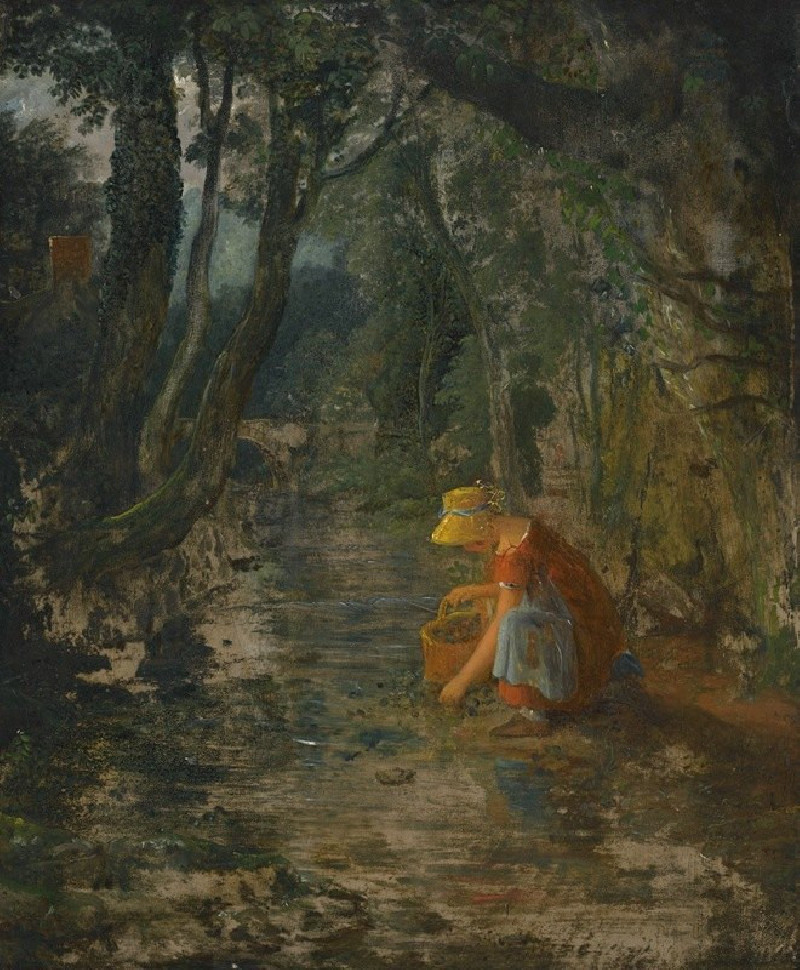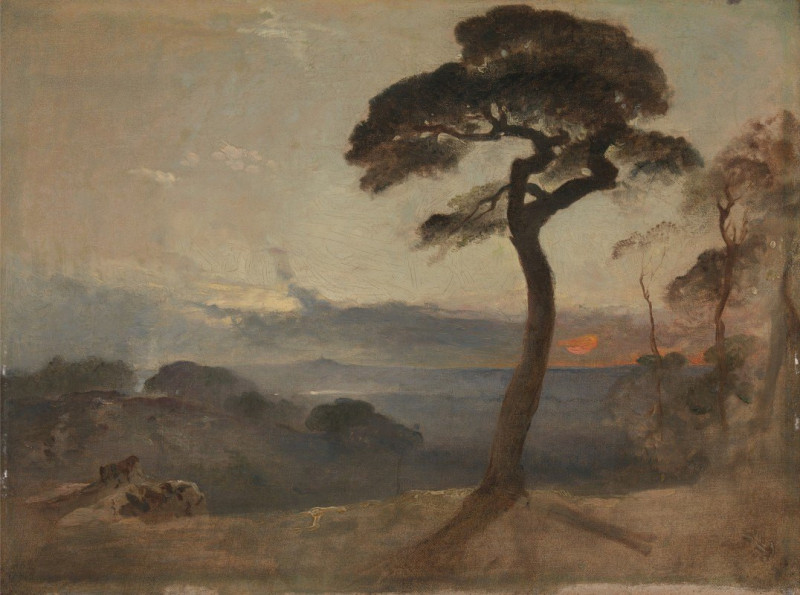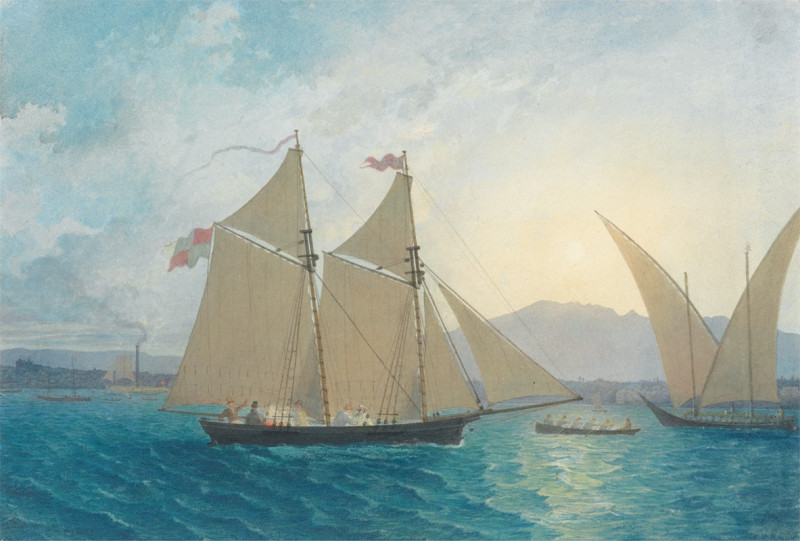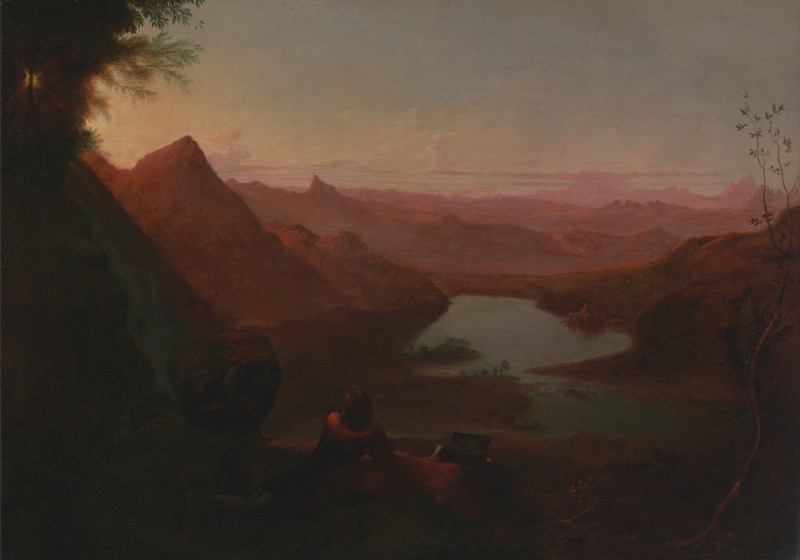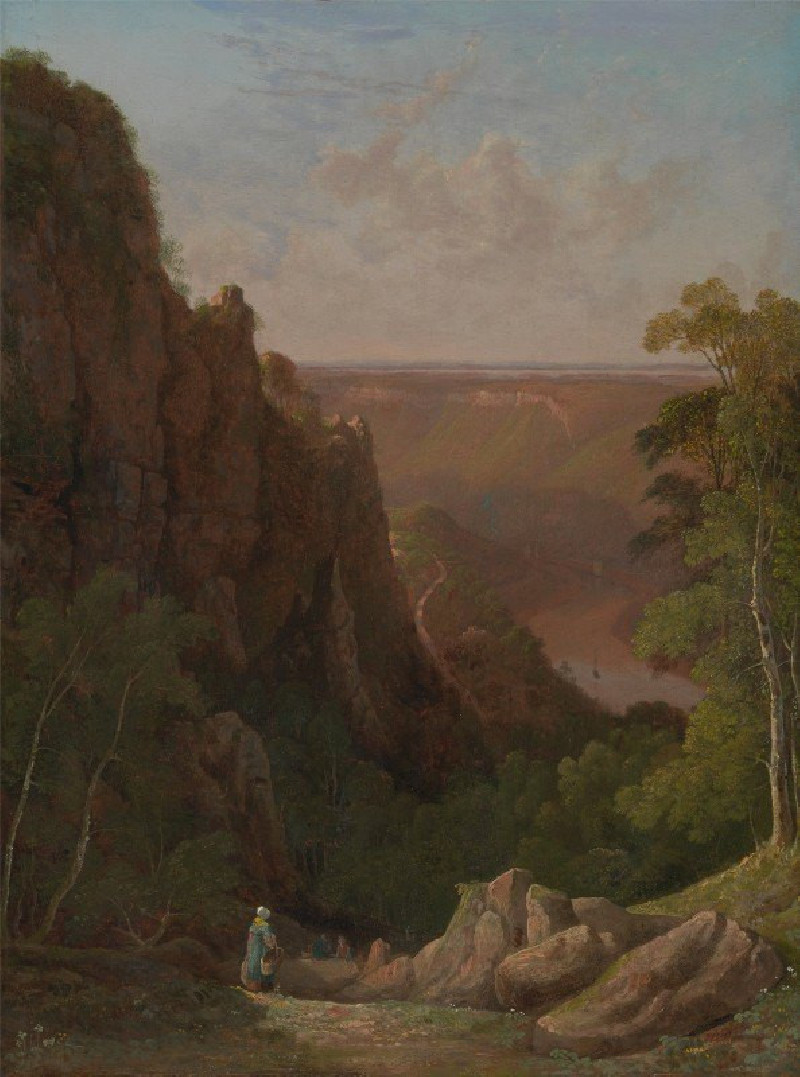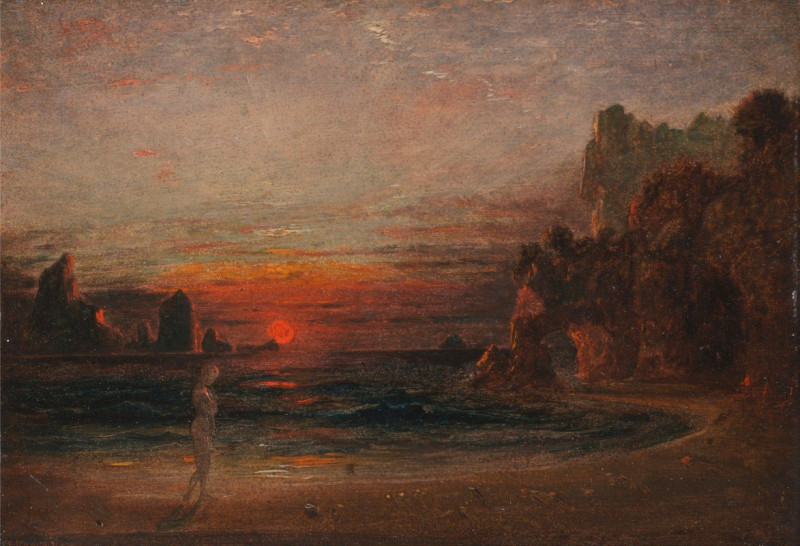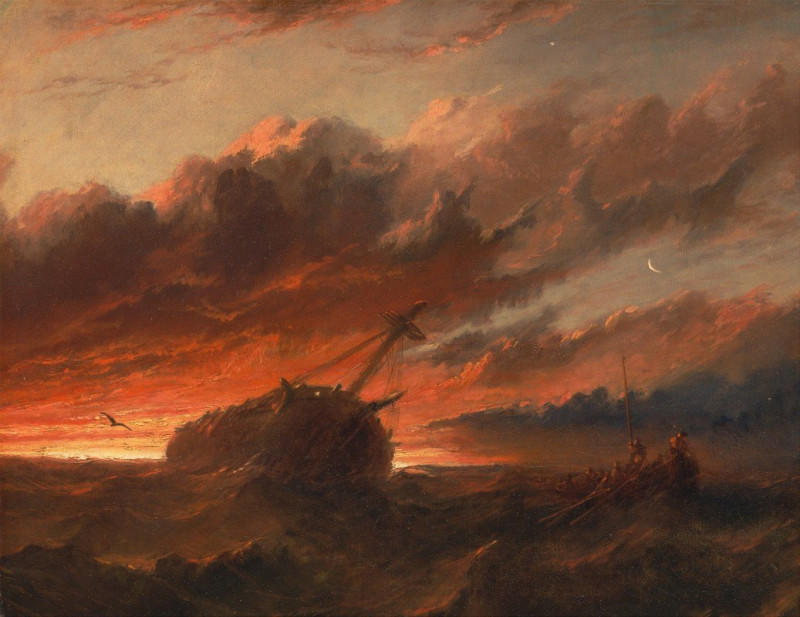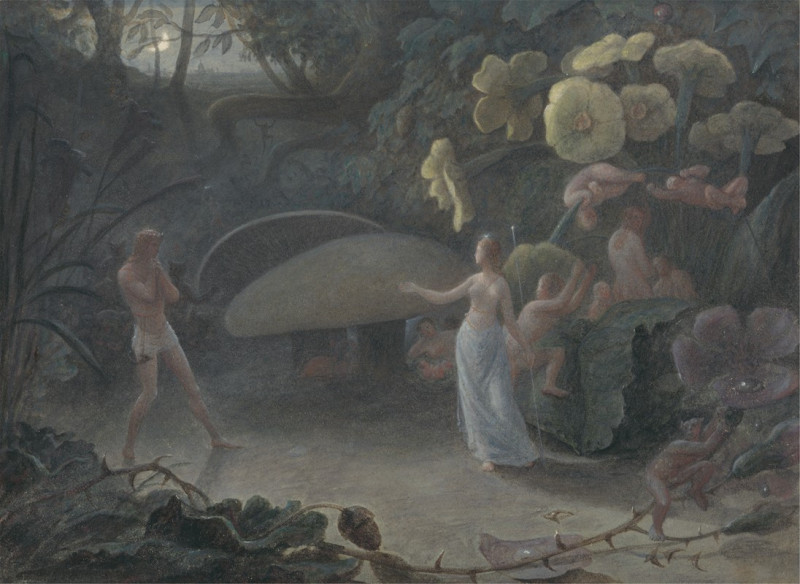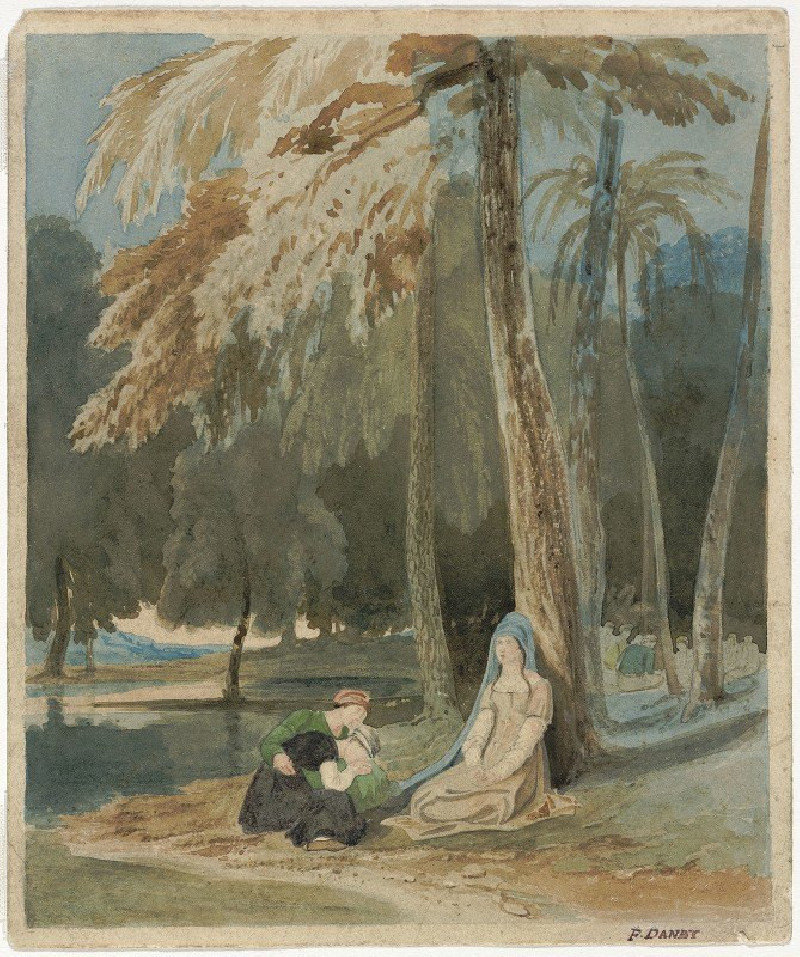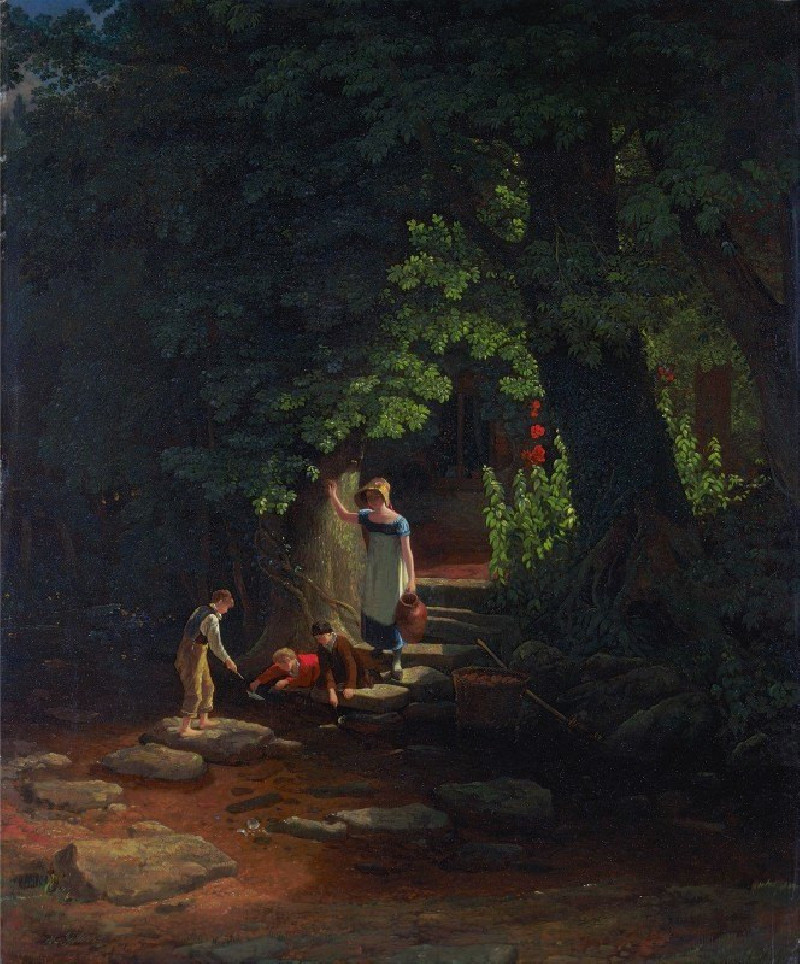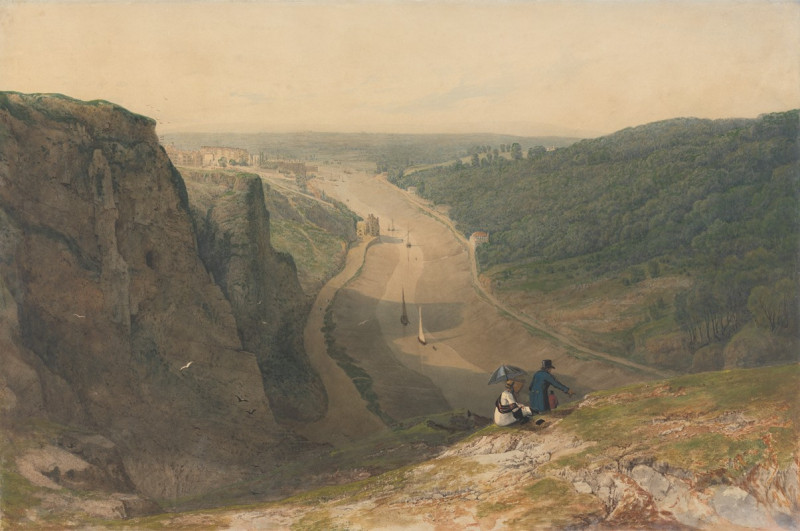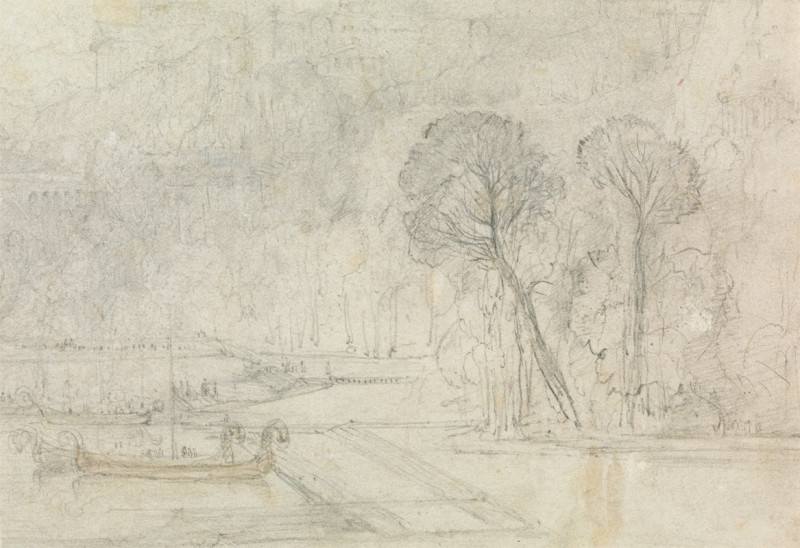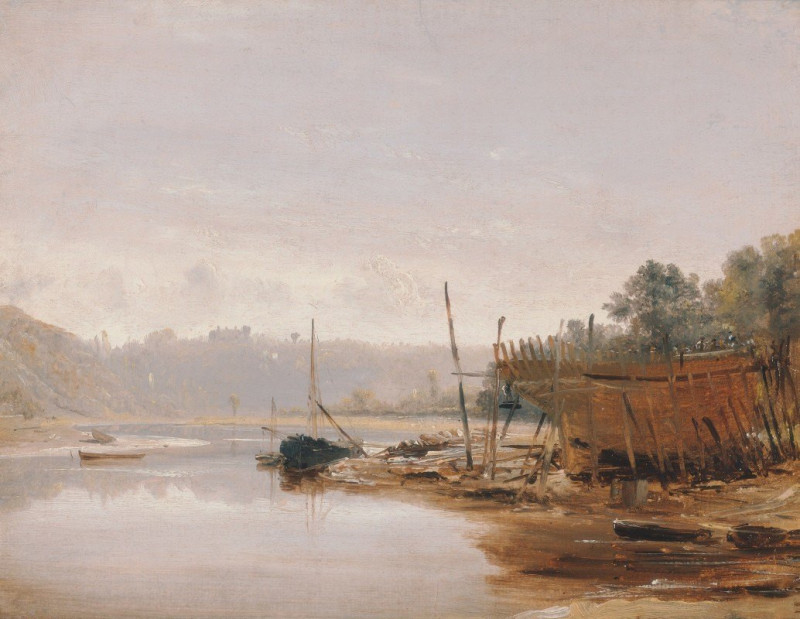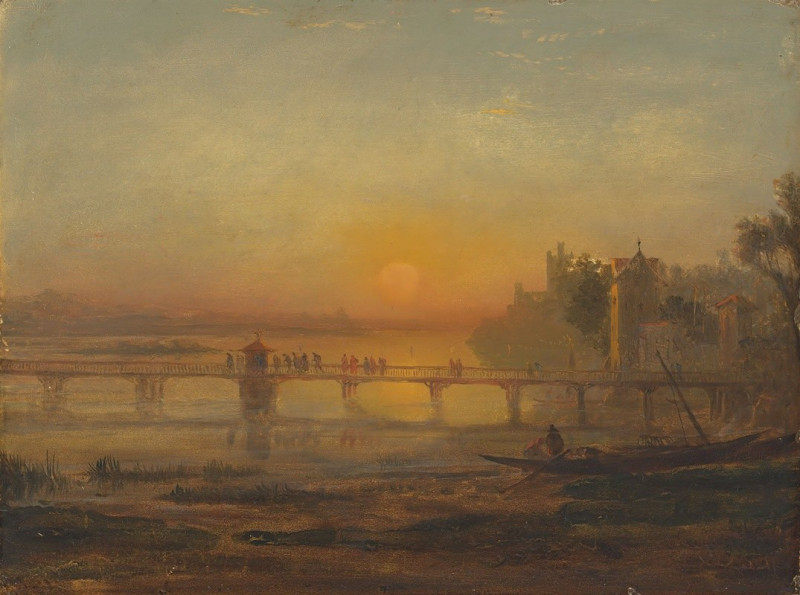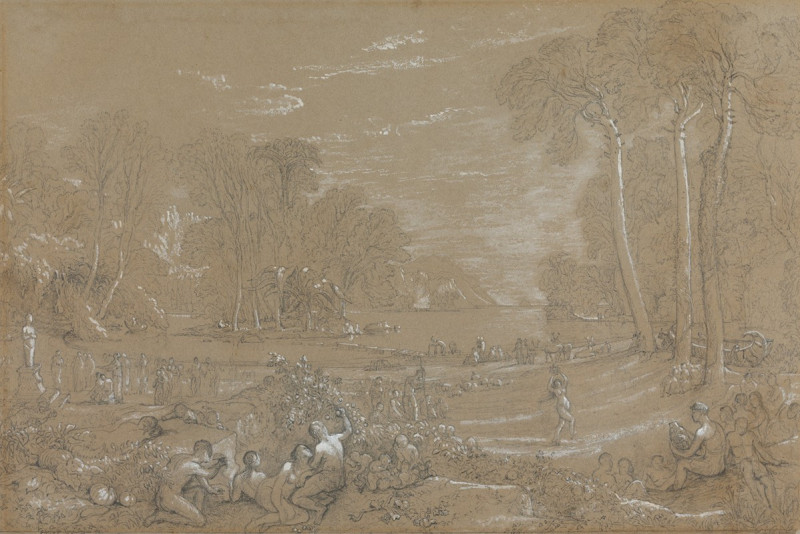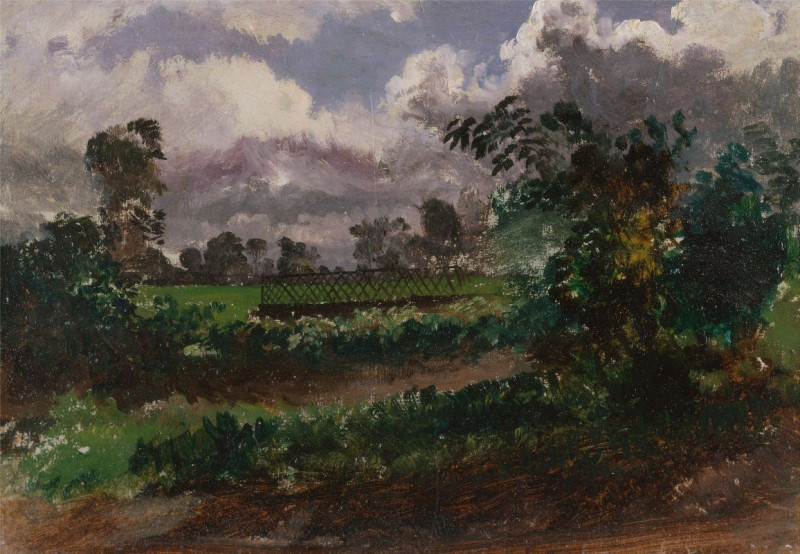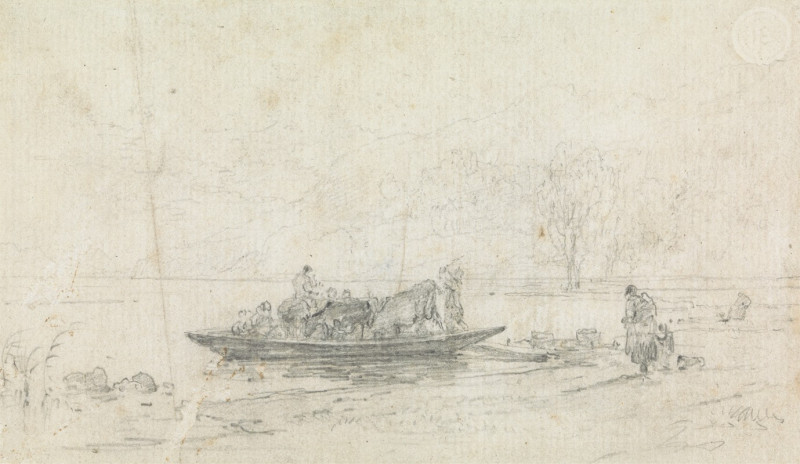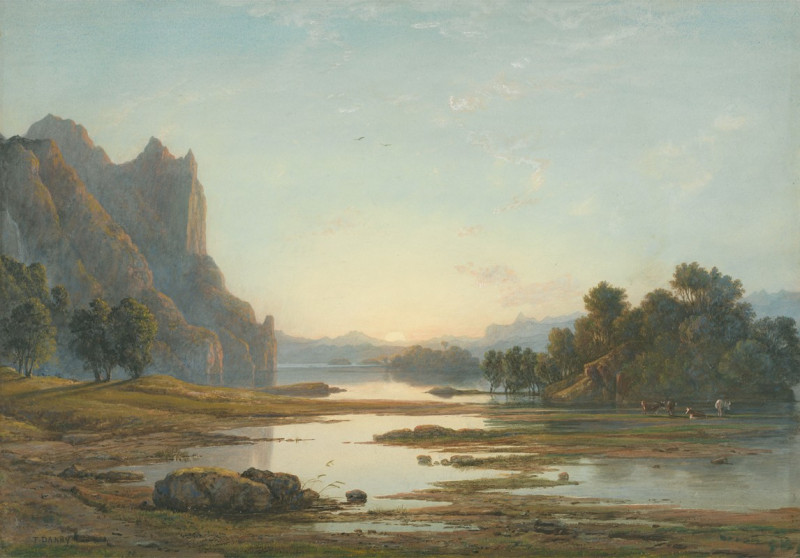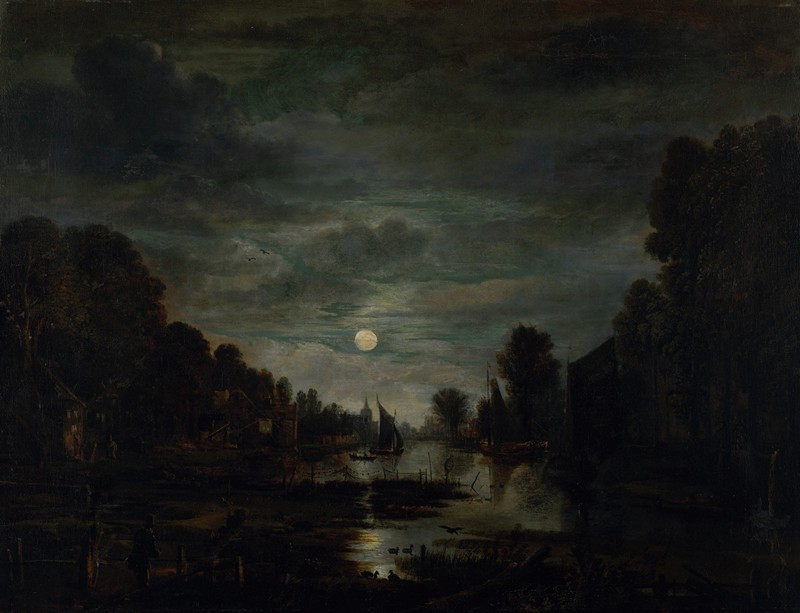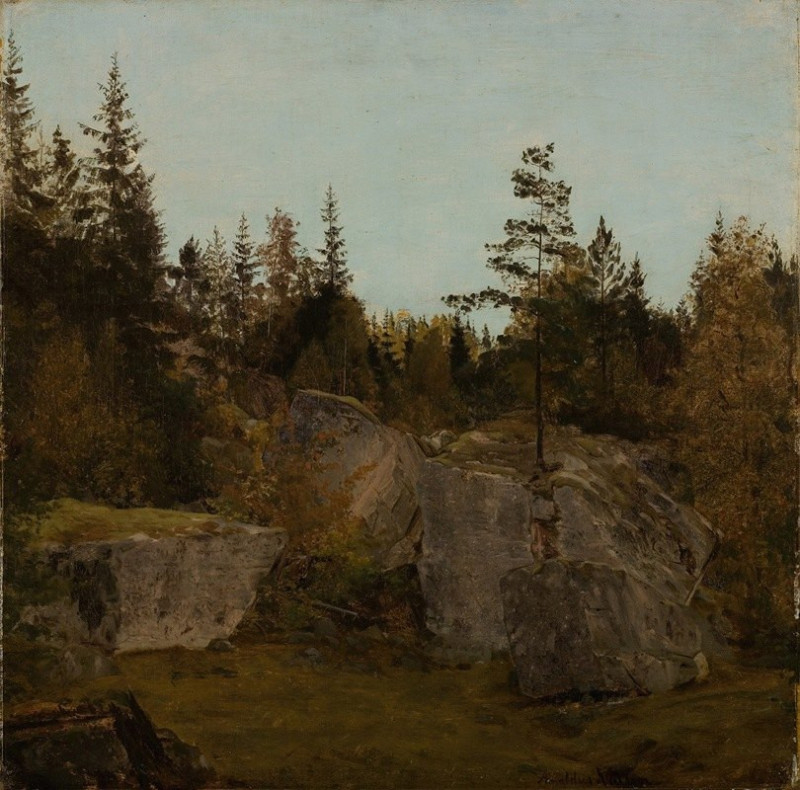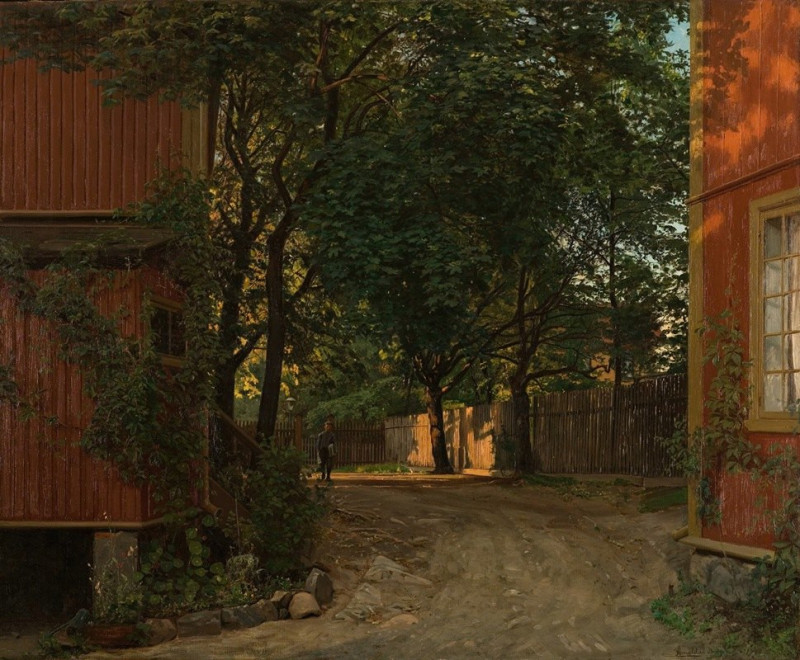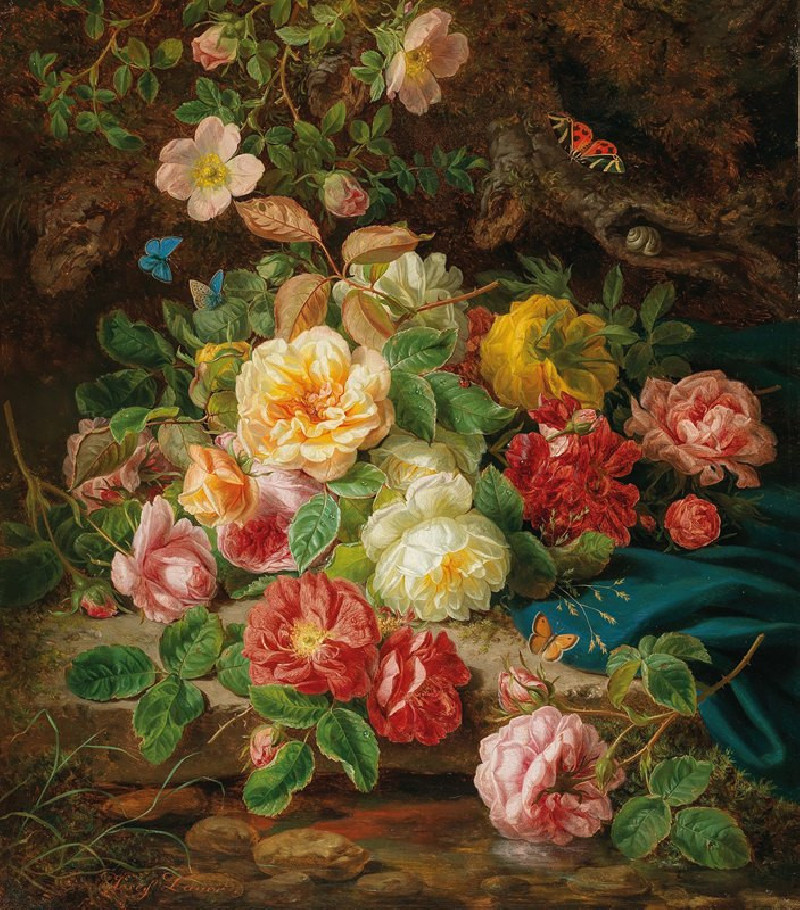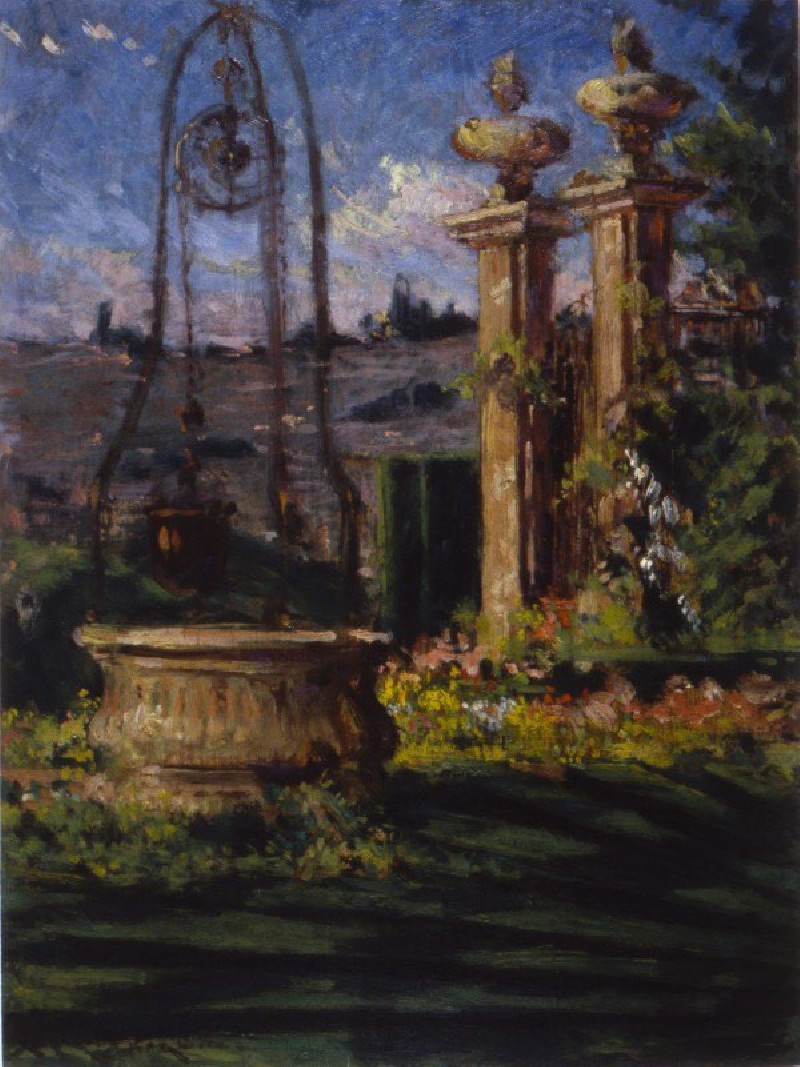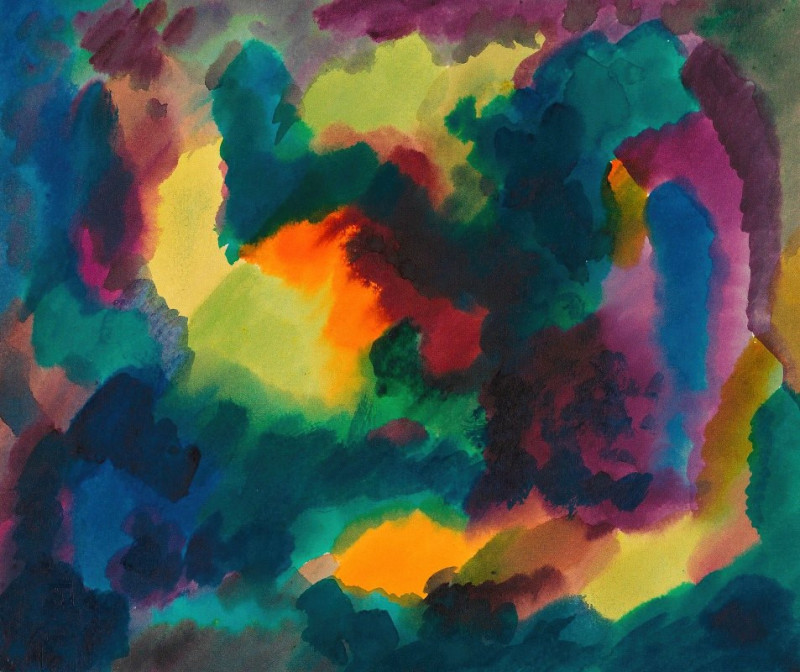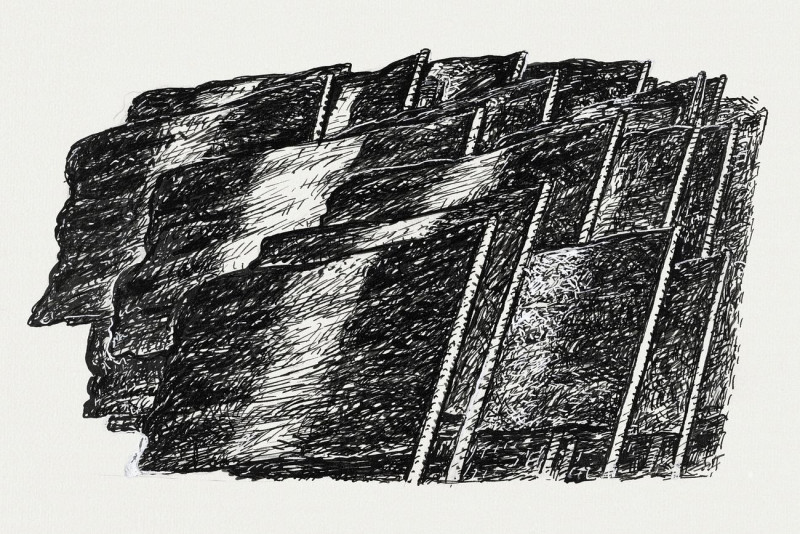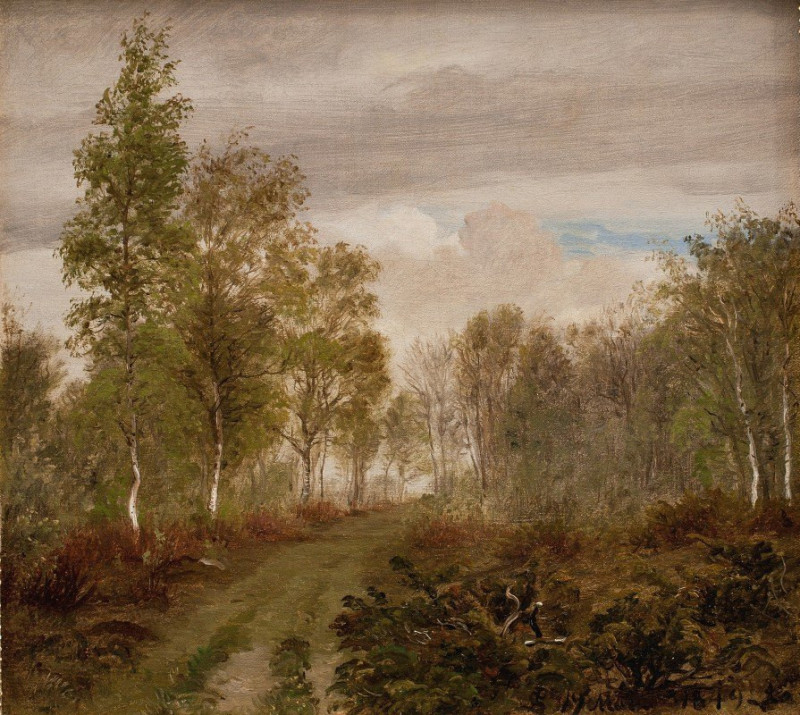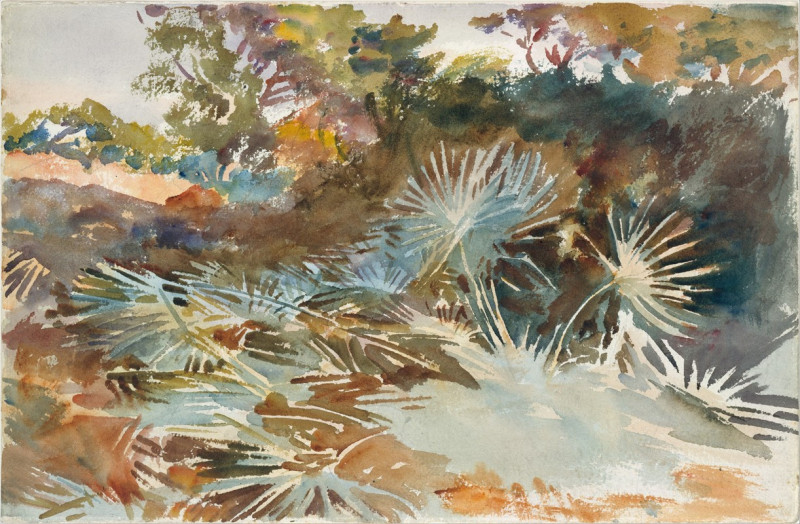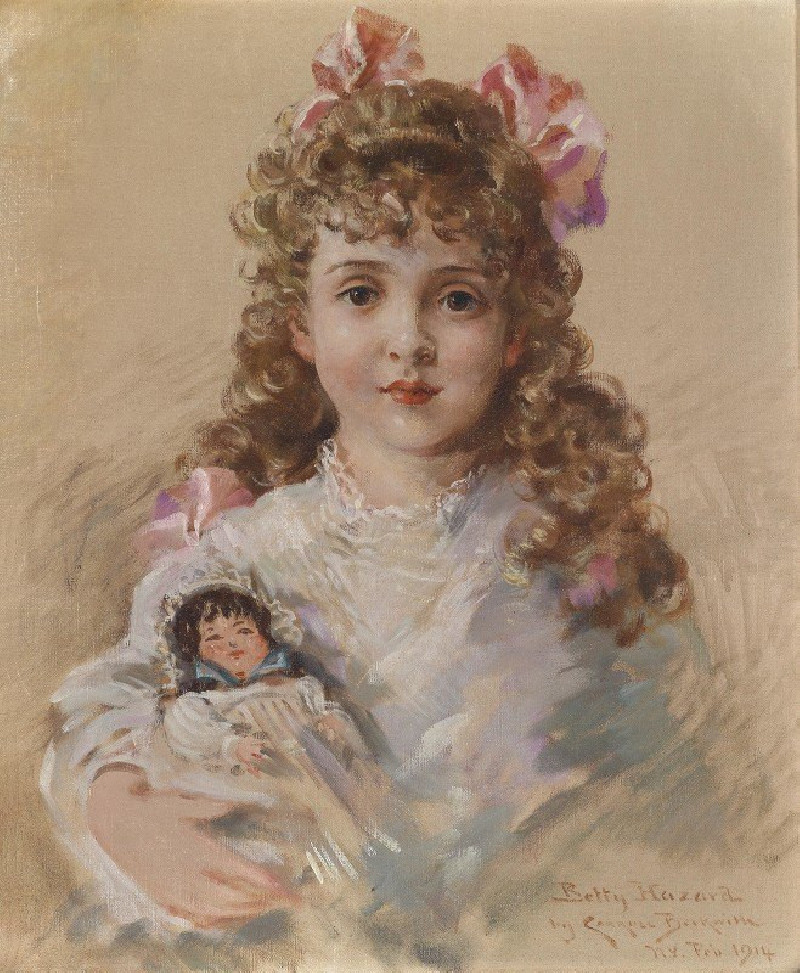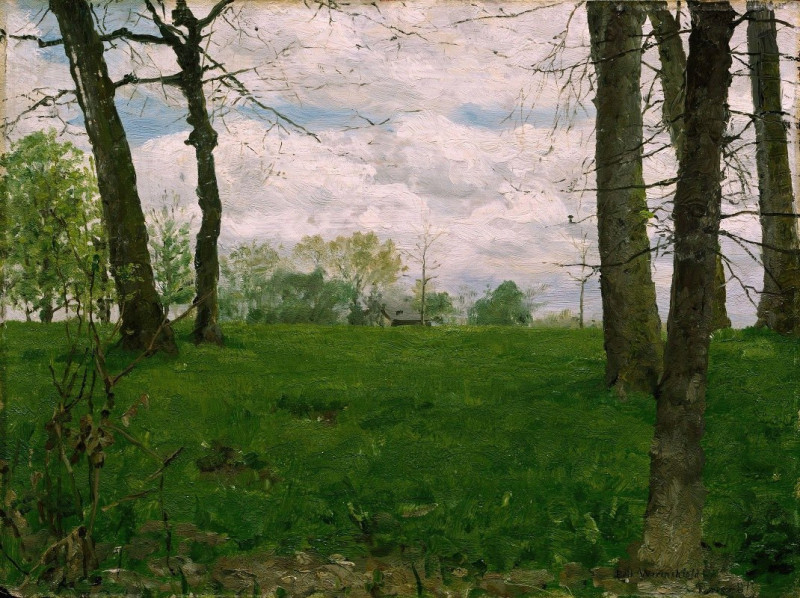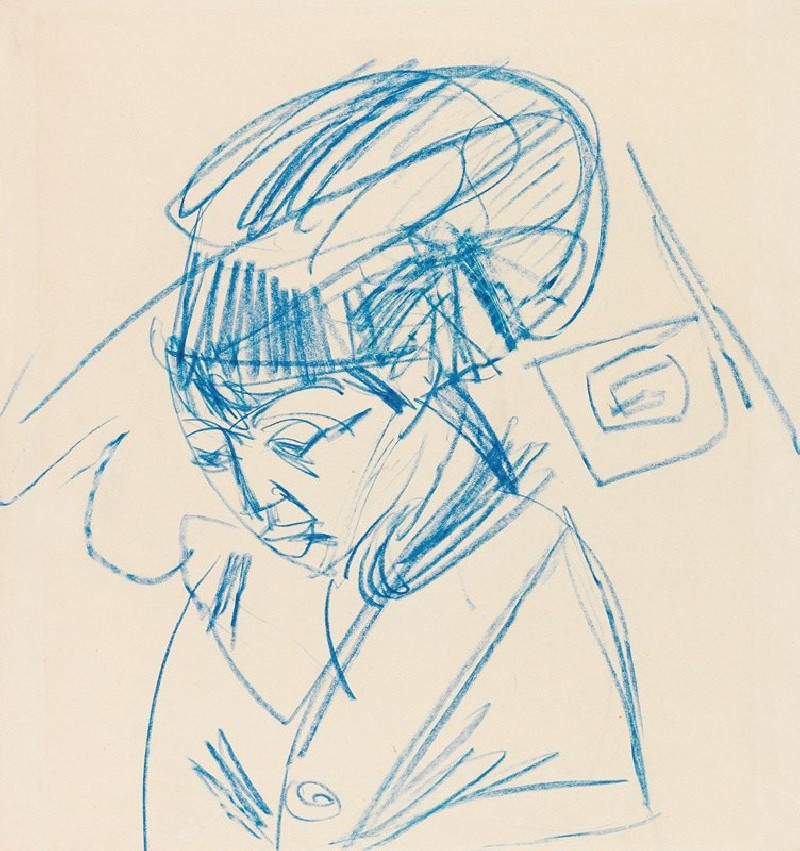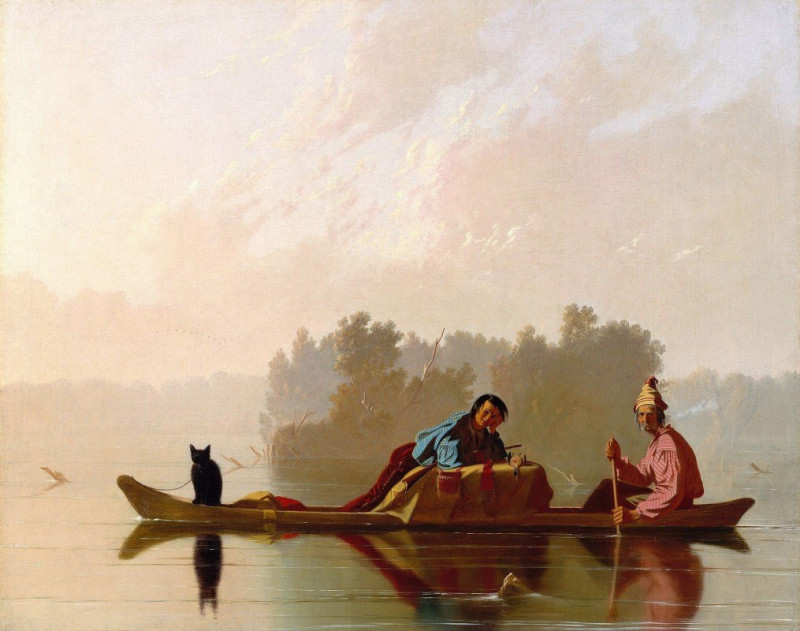Funeral Procession
Technique: Giclée quality print
Recommended by our customers
More about this artwork
"Funeral Procession" by Francis Danby is a powerful and evocative painting that delves deep into the emotions surrounding mortality and communal mourning. The scene is set in a dramatic, rugged landscape, framed by towering mountains under a tumultuous sky. The glow of torches illuminates a large gathering of figures clad in dark attire, evoking a solemn atmosphere as they proceed through the barren terrain.The artwork masterfully captures the somber mood with deep, muted earth tones and strategic lighting, highlighting the stark contrast between the fires' warm hues and the cool shadows enveloping the landscape. This nocturnal funeral procession appears almost as a ritualistic passage, enhancing the sense of mystery and reverence.At the horizon, the painting offers a glimpse of the moon partially obscured by clouds, suggesting a transition or passage, not just of the day to night but symbolically of life to death. Danby's use of light and shadow, combined with the naturalistic yet foreboding setting, encapsulates a beautiful yet melancholic acknowledgment of the inevitability and universality of death.
Delivery
Returns
Francis Danby (16 November 1793 – 9 February 1861) was an Irish painter of the Romantic era. His imaginative, dramatic landscapes were comparable to those of John Martin. Danby initially developed his imaginative style while he was the central figure in a group of artists who have come to be known as the Bristol School. His period of greatest success was in London in the 1820s.


